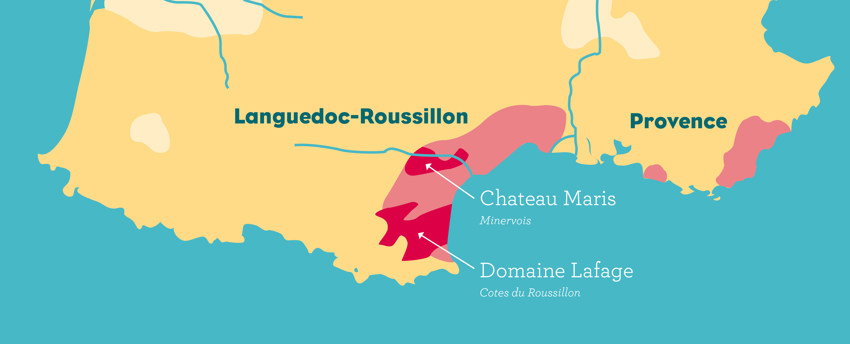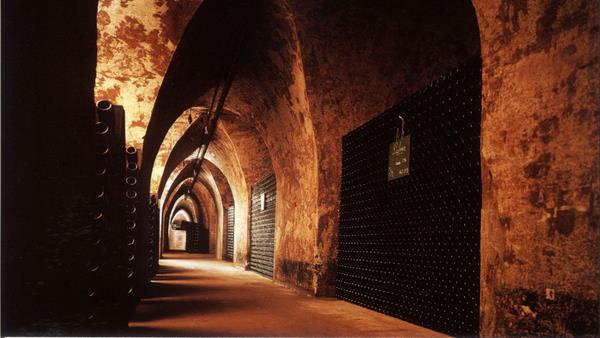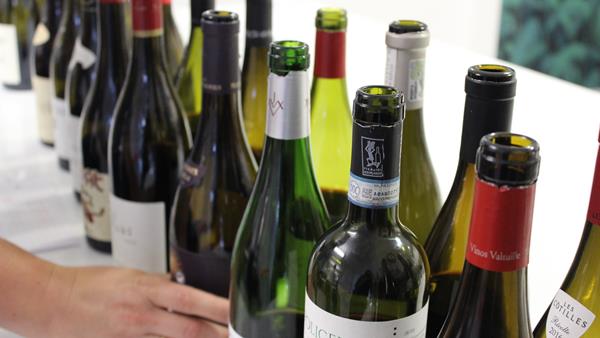French rosé beyond Provence
With 305,805 posts and counting, the Instagram hashtag #roséallday sums up how the selfie generation has embraced pale pink Provencal. But has it opened up an opportunity for gutsier rosés from further afield?
Provence rosé at its best is refreshing, mineral and citrusy, with a complex bouquet of red fruits and the famous Provence garrigue – a heady blend of lavender, thyme, rosemary and juniper, that grows wild along the Mediterranean coast. But too often it focusses on that photogenic paleness at the expense of flavour. Opting for fleeting contact with skins and highly reductive winemaking techniques to preserve freshness and reduce colour, while limiting the opportunity for more complex flavours to develop.
But the very success of Provence rosé could be paving the way for other, bolder rosés from elsewhere. Where lists would once have had maybe two rosés, an entry level and an upsell to Provence, they will now have three, with one from somewhere a bit different, like Chile or Portugal.
Looking just beyond Provence to the region of Languedoc-Roussillon, you can find rosés that are fuller-bodied and more fruit driven, but still dry and (relatively) pale. Rosé from places like Minervois can be a similar price point to Provence but you can get a lot more for your money. The wines are great with food – perhaps better than Provence? – more versatile, and can be a bit more serious.
See below for two of our favourite rosés from Languedoc-Roussillon

Domaine Lafage
Jean-Marc Lafage makes rosé in Roussillon where he describes the “mosaic of terroirs” he has to work with. “In a very small place (50 km2),” he explains, “you can find so many different altitudes, soils and exposures”. The altitude allows him to grow at cooler temperatures, meaning grapes “take longer to mature, which gives less alcohol and more flavour complexity”. But the complexity and richness of his wines also comes down to the winemaking. “We use stalks in the winemaking process for added freshness,” he says, “and the ageing is done more like a red wine with some lees maceration for increased body and complexity.”
Our favourite: Domaine Lafage Miraflors Cotes du Roussillon Rosé 2017
Chateau Maris
Bertie Eden biodynamically farms his grapes in Minervois, and makes a range of wines from traditional, regional grapes. His Rosé de Nymphe is delicate and refreshing, but Bertie feels the “emphasis on Grenache gives more depth and succulence than a Provence style”. He believes rosé deserves to be taken more seriously as a category because of its “ability to age, and sustain many different elevage techniques”. He is positive about changing attitudes to the category, noticing restaurants increasing the choice of rosés available on their lists, as well as rosé being drunk “more and more with food, rather than just on its own”.
Meeche Hudd from the Scarlet Hotel in Cornwall is a big fan of Chateau Maris Rosé, saying “The ethos of this vineyard sits so well with what we believe at the Scarlet. The passion that goes into making the wine certainly shows through when you taste it. We love to explore different wines here and are always open to tasting new wines from different regions.”
Our favourite: Chateau Maris Rosé de Nymphe Grenache 2017
Fancy your rosé from further afield? Explore the spectrum of rosé further in our new article, here.
*Please drink responsibly




